Fernanda Lima, 21 anos, estudante de Museologia da UFRGS. Blog criado com o intuito de dissipar os conhecimentos adquiridos na cadeira de História dos Museus e dos Processos Museológicos, instruída pela professora Zita Possamai.
Don't wanna be here? Send us removal request.
Photo



~ Pendant: Standing Female Figure (Kore). Culture: Etruscan or South Italian Place of origin: South Italy or Etruria Date: 600 - 500 B.C. Medium: Amber
578 notes
·
View notes
Photo

~ Fragmentary statuette of the Chthonian Dionysos (?). Culture: Greek, South Italian Date: 2nd ½ 4th century B.C. Medium: Terracotta
429 notes
·
View notes
Text
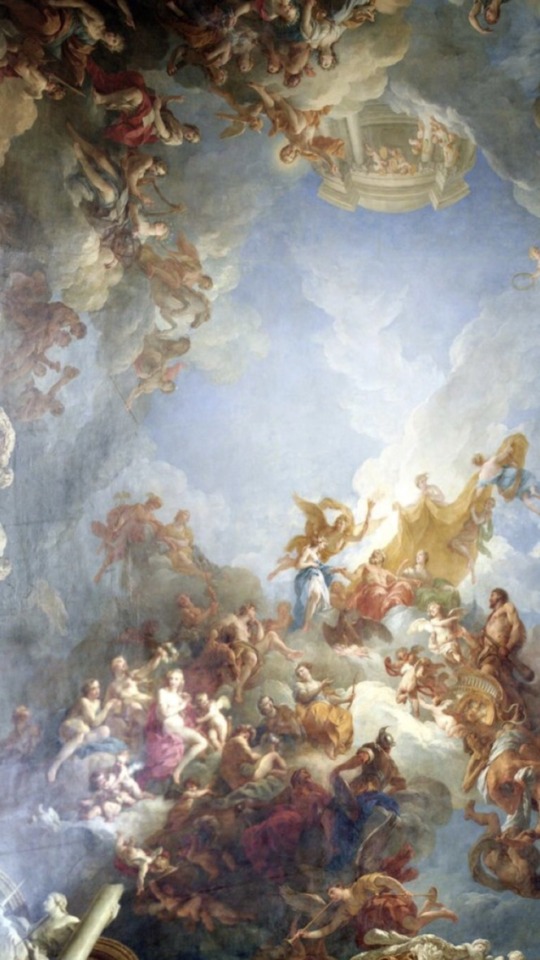

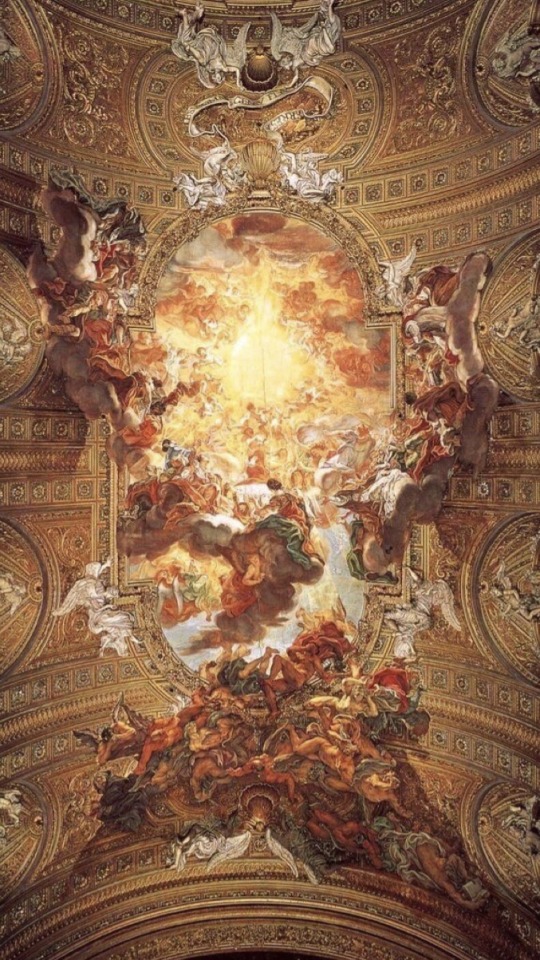
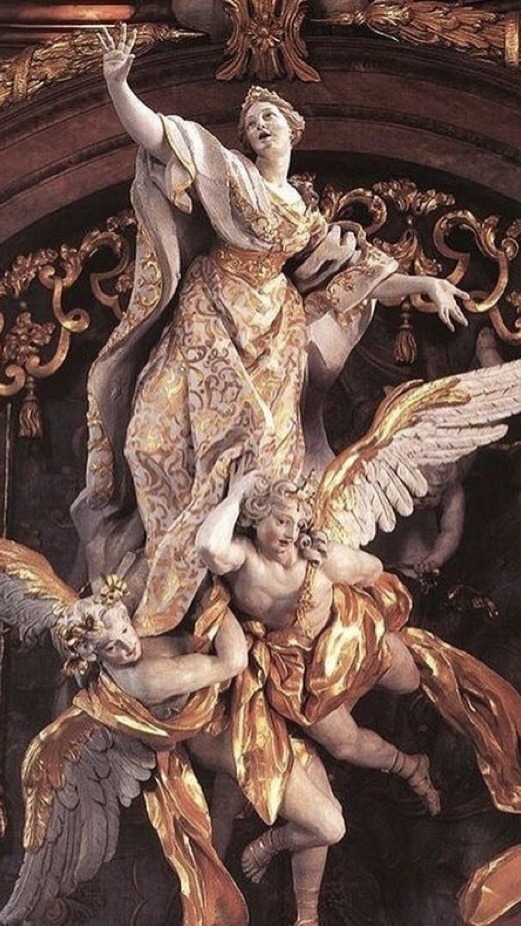

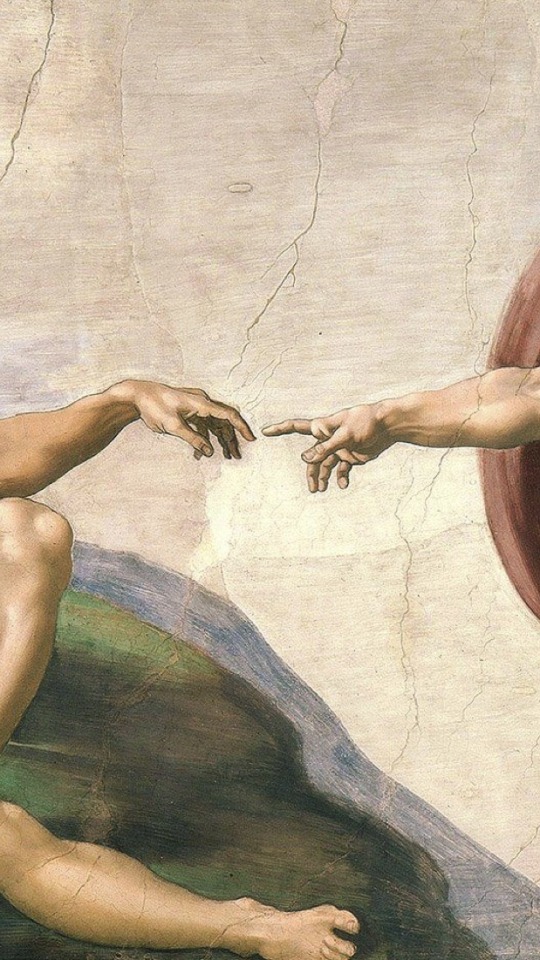
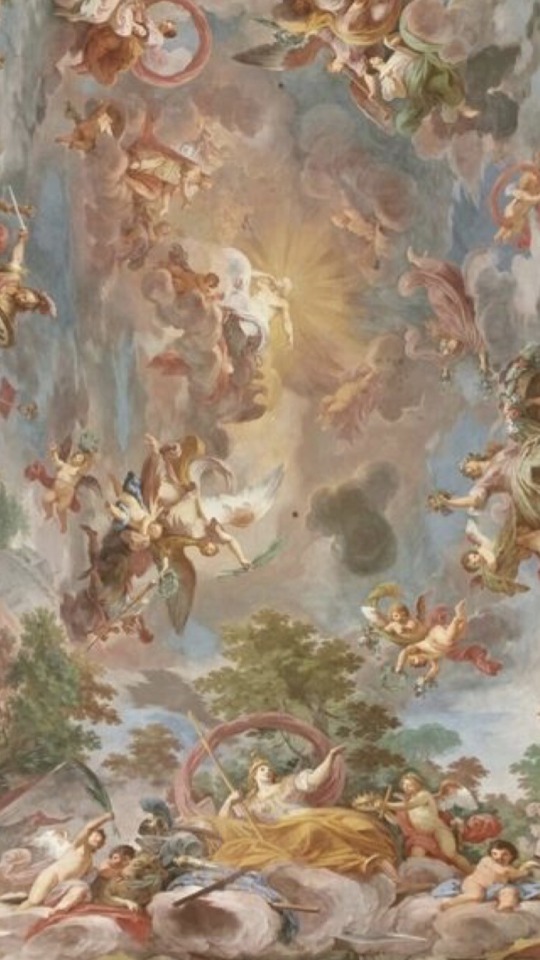

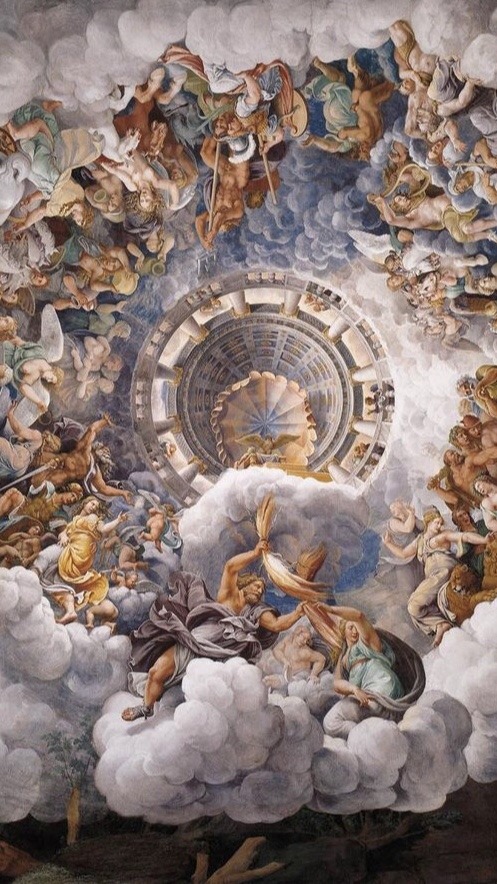
renaissance art lockscreens
reblog if you save <3 requests open
check out my previous post <3
23K notes
·
View notes
Photo

Mosaic floor of the head of Medusa with winged brow (polychrome stones), Alexandria, 3rd century AD. Now in the Graeco-Roman Museum, Alexandria.
2K notes
·
View notes
Text




Alright bone experts, one of my best friends just got this skull. It was sold to her as a lion, and we’re thinking it probably is but as you can see it’s small, so we aren’t ruling out that it could be a leopard. Definitely a Panthera species. If anyone wants to take a stab at confirming what it is it’d be very appreciated. @boneidentification what do you think?
(Also for context about this mystery cat since I’m sure people will be curious: it was purchased from an oddities shop in Chicago, and the oddities shop in turn got it as part of an estate collection. Said collection included a few other cat skulls, a lioness skin, a hyena, and a wolf. The hyena was collected in Kenya and according to the shop owner the cats were as well. They were all collected around 1960.
And finally a note about legalities since I’m sure people will want to know about this too: big cat parts ARE legal to own in Illinois, however they are NOT allowed to cross state lines and afaik they have to predate the Endangered Species Act of 1973. This cat is staying in Illinois and predates the ESA by over 10 years. You occasionally see big cat parts for sale at oddities shops, estate sales, and auctions but in general they’re fairly rare.)
166 notes
·
View notes
Photo

Solomon R. Guggenheim Museum, New York City
649 notes
·
View notes
Text

~ Chariot Decoration in the Shape of a Half-Figure of Triton
Place of origin: Rome
Date: Late A.D. 2nd-early 3rd century
Medium: Bronze
243 notes
·
View notes
Photo

Stater of Taras (Tarentum) with Taras on dolphin Greek Early Classical Period 473–460 B.C.
mfa
302 notes
·
View notes
Photo










Hilltop Gallery by dEEP Architects
Hilltop Gallery locates on Yanshan Mountains bordering Beijing and Chengde, where there is a perfect view to Jinshanling Great wall. With 1500㎡ construction area and 2600㎡ floor area, the building not only functions as an art gallery and venue for related cultural projects, but also a reception, dining and exhibition area for Phoenix Valley project.
4K notes
·
View notes
Photo





The Piermaster’s House, Albert Dock, Liverpool, part of the Museum of Liverpool, showing a 1940s wartime interior.
1K notes
·
View notes
Photo




This month is Hispanic Heritage month, and what better way to celebrate than to highlight some materials from Hispanic nations in our collection? Today’s featured nation is Cuba. A nation with a complex, often-violent history, Cuba is, despite all its past and present turmoil, an incredibly fascinating, beautiful island nation.
Our collection holds various materials on Cuba, including Herminio Portell Vila’s Historia De Cuba En Sus Relaciones Con Los Estados Unidos Y España and Cuba at a Glance by Emma Kaufman and Anne O'Hagan.
Beginning with Historia De Cuba, (which was published in 1938), we find a massive, multi-volume work detailing Cuba’s historical relations with the United States and Spain since 1512. Vila was a Cuban writer and scholar, spending much of his life in Cuba but eventually moving to the United States and dying in Miami in 1992. Vila’s work was, unsurprisingly, ardently Cuban nationalist, promoting Cuban actions as better than any other foreign attempts in a world before communism took over his nation, after which he promptly left his beloved Cuba.
To more American-oriented materials and opinions of Cuba, we move to Cuba at a Glance. Cuba At a Glance is an informative work by Emma Kaufman and Anne O'Hagan, two female journalists who wanted to tell the early history, and particularly the revolutionary history, of Cuba during the 1860s and 1870s. Given that their work was published in the same year as the War of 1898, between the United States and Spain, it must be assumed that such interest in Cuban history was motivated by something other than curiosity. However, their work provided a framework of reference for the American population to begin to understand Cuba.
131 notes
·
View notes
Photo

The Death of Adonis by Giuseppe Mazzuola The Large Italian Skylight Hall (room 238) State Hermitage Museum and Winter Palace, Saint Petersburg - Russia
Sculpture | Hermitage
711 notes
·
View notes
Photo

Harriet Hosmer (1830-1908) “Medusa” (c. 1854) Marble Neoclassical Located in the Minneapolis Institute of Art, Minneapolis, Minnesota, United States
At a time when less than 1% of American women went to college, Hosmer studied anatomy and moved to Rome to study sculpture. In 1858 she established her own sculpture studio in Rome, leading a team of more than twenty men. Hosmer often depicted strong female figures; such as Medusa, who in Greek Mythology was a beautiful woman that was transformed into a Gorgon, a creature with snakes for hair, whose gaze turned those who looked at her to stone. Hosmer’s compassionate rendering shows Medusa’s transformation in progress, snakes intertwined with her lovely hair.
2K notes
·
View notes
Photo
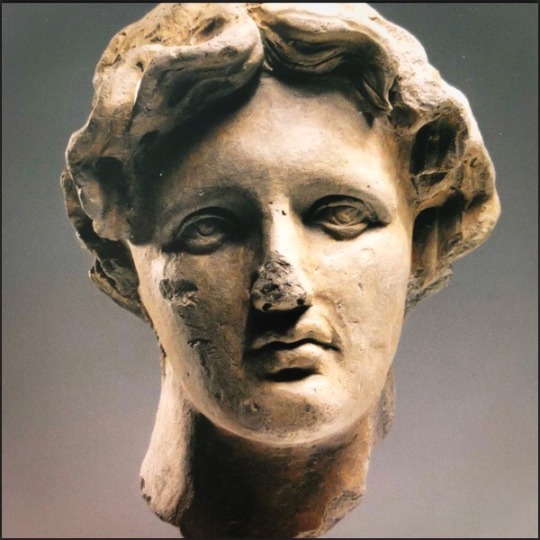
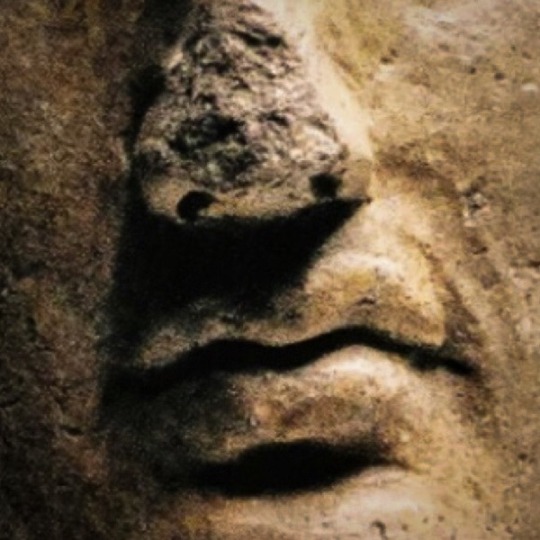
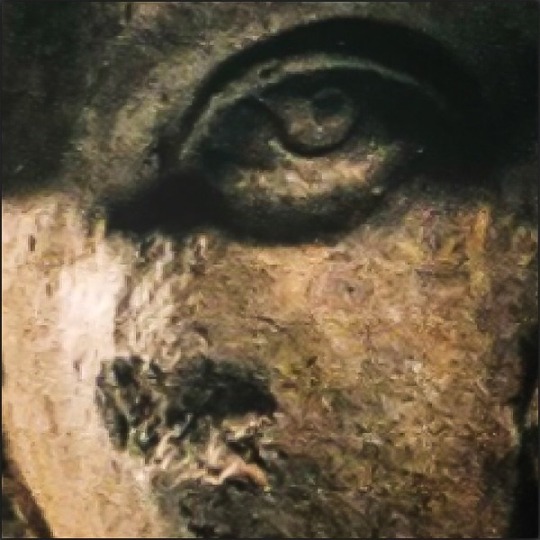
Head of a man
Campania, 3rd century BC.
The head of a young man with wavy hair falling over the middle of the forehead. The physiognomic features correspond to one of the types of iconography of Alexander, a much earlier and better known example which is the bone portrait of the king found in the tomb of Philip II at Vergina (Archaeological Museum, Vergina).
The same image appears in a mosaic in the House of the Faun at Pompeii, depicting the battle of Alexander and Darius, assumed to be a reproduction of a painted original. That would have been the magnificent work mentioned by Pliny, painted by Philoxenes from Eretria for Cassander´s palace in Pella in the last years of Alexander´s life or shortly after his death. At the same time, the treatment of the terracotta to make it look like a work in bronze, such as the use of the chisel to mark pupils and irises, the small lines at the corners of the lips and the manner of portraying locks of hair, are characteristic of Italian work.
Source: The Immortal Alexander the Great, Hermitage Amsterdam 2010.
985 notes
·
View notes





